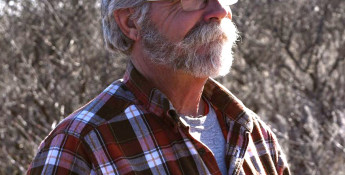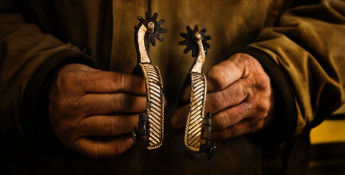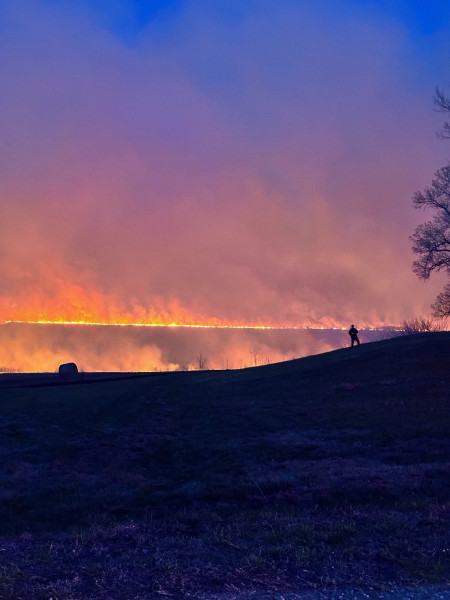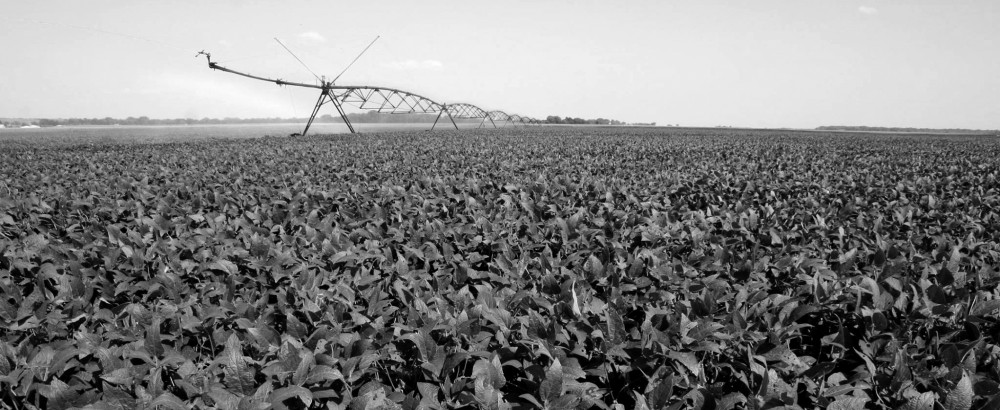By Greg Doering on January 30, 2025
Kansas County Farm Bureaus help train, equip and support rural firefighters
Empowering rural firefighters with training, tools and community support
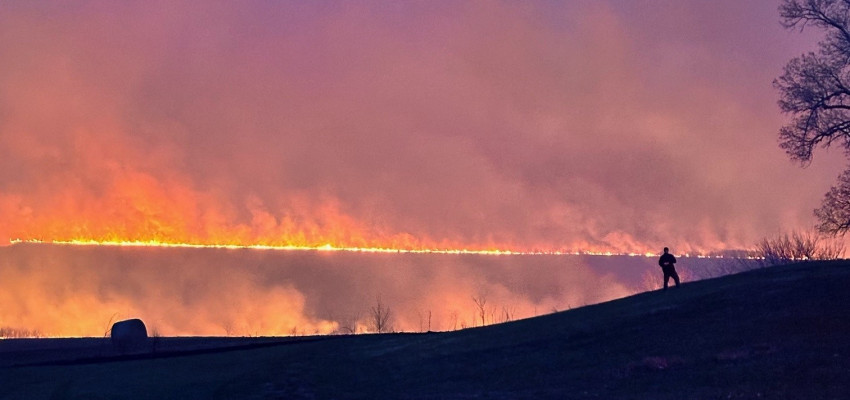
The Big Blue River stretches through farm fields from central Nebraska until just shortly before it empties into the Kansas River east of Manhattan. The river valley carves a meandering path through the Flint Hills before the water broadens when it hits Tuttle Creek Lake.
North of the lake, the valley is bordered by tree-lined spurs that create a wavy fringe around the tallgrass prairie plateaus sitting high above. The few roads that run through the area north of the lake pass over the hilltops, leaving little access to the swaths of small gorges and canyons.
By the spring of 2024, those ravines and hillsides were a tinderbox after months of drought had desiccated the valley. Then on April 6, when dry gusts topped 40 mph, a spark ignited the valley.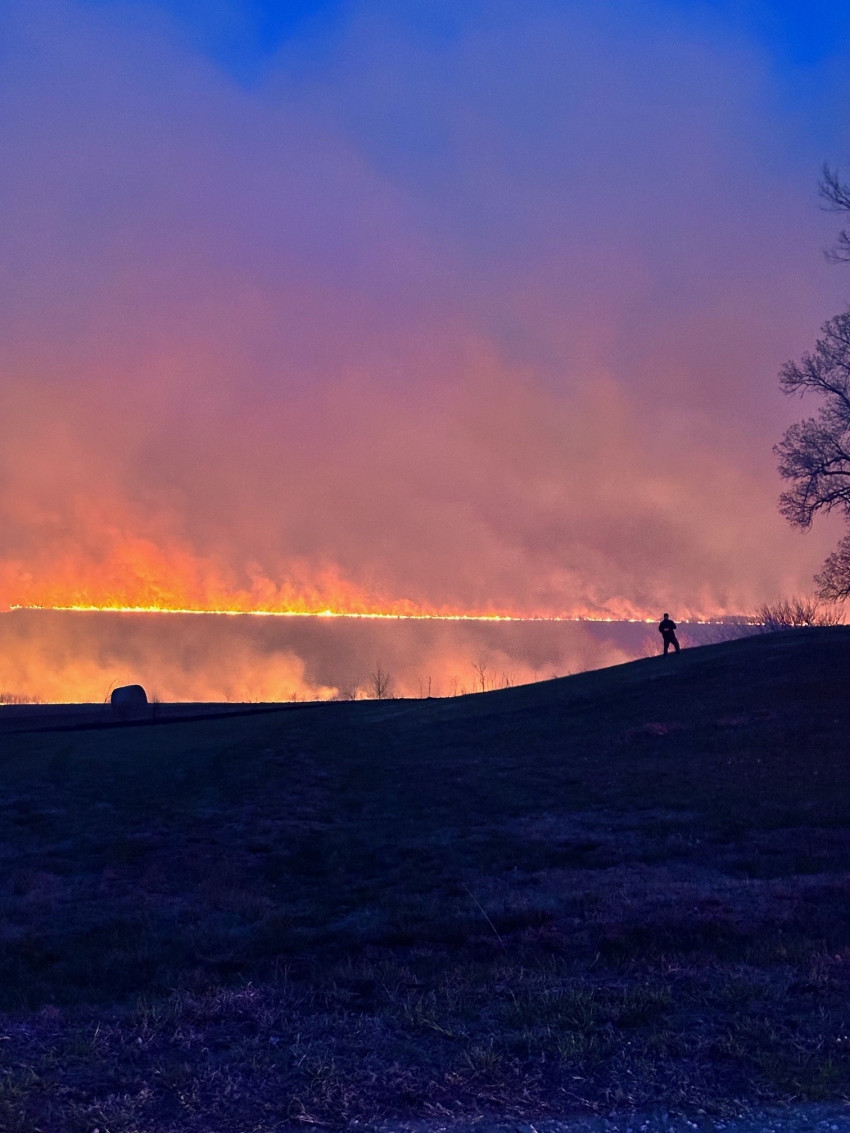
“It was extreme fire conditions from any aspect — the wind, the low humidity, the terrain,” says Doug Russell, Riley County Fire District #1 (RCFD#1) deputy fire chief of operations. “In 40 or 50 years, I’ve never seen fire conditions like that.”
Despite the horrid circumstances that led to the fire, the majority of people tasked with controlling the blaze over the next several days were well-trained volunteers like Roger Davis, who’s dedicated more than four decades to RCFD#1.
Davis was on scene when what became known as the Burklund/ Axelton Fire started on the east side of the valley in Pottawatomie County.
“We were unable to keep it from crossing the river mainly because we had to salvage a truck that had broken down,” Davis says. “When the wind’s 40 to 50 mph, it doesn’t take long for it to get away from you. That was on a Friday. We were there Saturday, Sunday and Monday.”
CAREER AND VOLUNTEER
According to the Federal Emergency Management Agency, Kansas has about 500 registered fire departments, and the vast majority of firefighters are volunteers rather than career firefighters. Often full-time employees, career firefighters protect an estimated 15 percent of the state’s land area.
The rest of Kansas, including the countryside north of Tuttle Creek Lake, relies on volunteer firefighters who have training and education similar to career firefighters. Volunteers have regular jobs, including as farmers and ranchers, and respond to service calls when they’re able.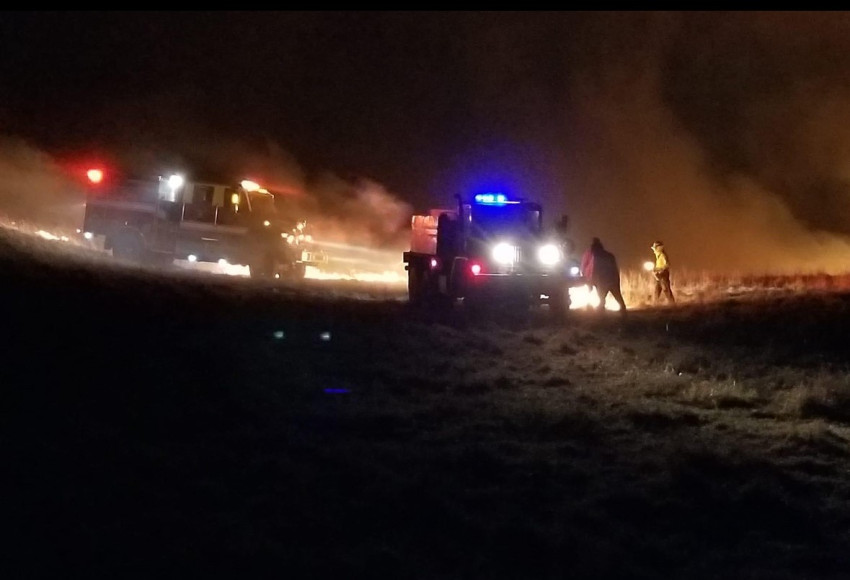
“Without the volunteers we couldn’t do this,” Russell says of the Burklund/Axelton Fire. “We would have lost more houses and other structures. It would have been a bigger fire. It ended up being 8,350 acres between Riley County and Pottawatomie County.”
Like career firefighters, volunteers are required to be in good physical condition, complete basic and ongoing training requirements and live near the fire district they serve so they can respond quickly. Instead of a paycheck, however, volunteers receive a small stipend based on the number of calls they respond to.
For many departments, including Riley County’s, volunteers aren’t simply those on the front line fighting fires, they’re also enlisted to act in support roles, provide donations for equipment or help fund training exercises.
SUPPORT STAFF
Megan Fink Larson has always been involved in the Randolph community, a tight-knit farming town near the northern edge of Tuttle Creek Lake, from serving as a paraeducator at the local school to serving as an FFA advisor. When she and her husband returned to work on the ranch full time with her parents, Larson knew she wanted to remain connected to her community.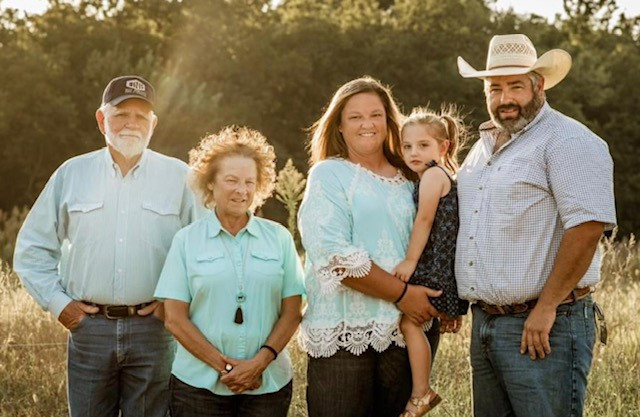
That’s when she learned about the support staff roles that didn’t involve donning heavy gear and running toward burning buildings; instead, the jobs involved keeping firefighters fed and hydrated when they’re on calls.
“I don’t like fire, but I’ll do anything else you need,” she says about volunteering to bring food and water to firefighters when they’re on scene.
On the day of the Burklund/ Axelton Fire, Larson had a feeling the fire was going to be bad, based on the weather and location.
“The fire was only about a mile from us, but it was on the other side of the lake,” she recalls. “We could see the whole thing happen from our barn.”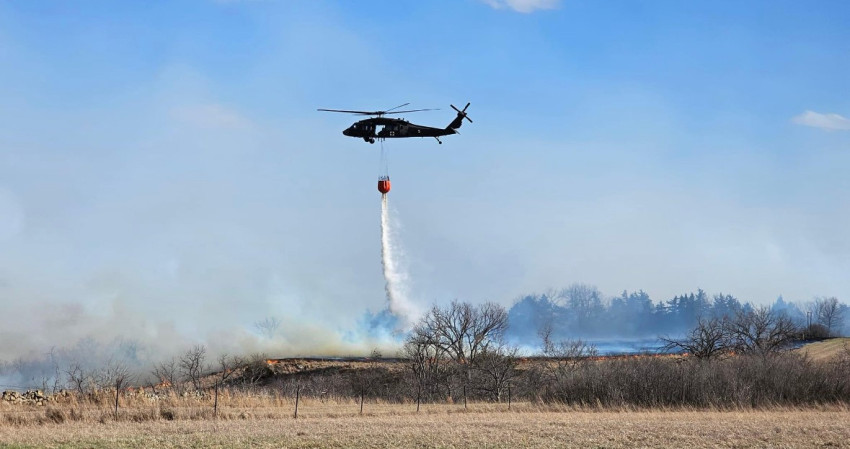
While Larson’s property and barn were safe, it soon became the focal point for supplying the volunteers along the front lines of the fire.
“I took dinner that first night and by morning, our barn was the central location and people brought stuff for the next two days,” Larson says. “I’d go to the barn, refill my car and take the items to the firefighters for four days. Our community was just fantastic. We had so much water, Gatorade, homemade food, snacks — it was really cool.”
Larson estimates she spent about 25 hours over two and a half days keeping firefighters supplied. She considers it a small sacrifice compared to what other volunteers do.
“I like to help people in the community,” Larson says. “All these guys on the department are dedicating their lives to it. They don’t have to. Someday there will be fires on our property, and they’ll be there to take care of us.”
CRUCIAL CONNECTIONS
Large fires in Washington County led to the local Farm Bureau board stepping up to donate equipment to make transferring water to firetrucks faster. The donation of 22 “banjo couplings” outfitted each of the 11 fire districts with two different sizes of the couplings, allowing the trucks to pull water from various sources.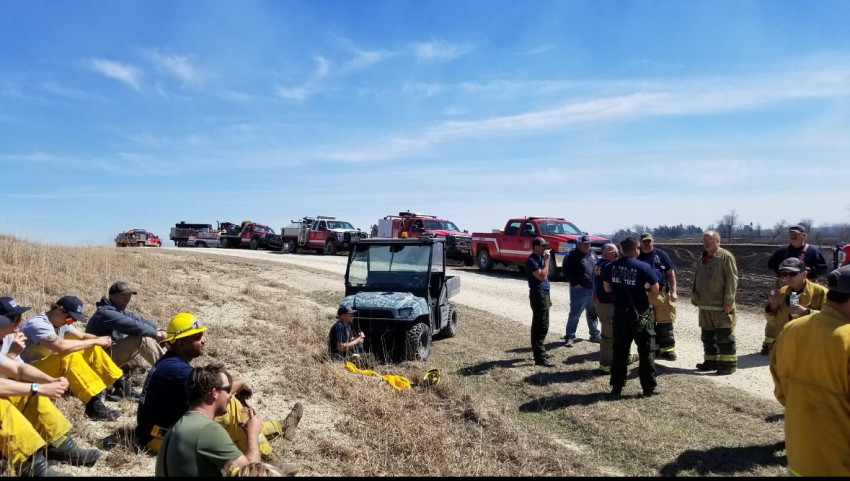
Rural areas don’t usually have a hydrant system nearly as extensive as those in cities, meaning any water used to fight a fire is hauled in either by fire trucks or water wagons. When large fires break out, farmers and ranchers are among the first to start hauling additional water to the scene.
“One of the things we found out was a lot of times when farmers bring in tanks and tender wagons to haul water in, that does not automatically switch over to what firefighters need,” says Rebecca Frerking, Washington County Farm Bureau coordinator. “We got the banjo couplings to facilitate that and speed up the process of offloading water.”
Frerking says the Washington County Farm Bureau spent about $100 per district to buy the couplings after discussing the best way to be helpful. It’s a small investment, but one that is also indicative of the sense of community in rural areas.
“We’re so blessed that when individuals see a need, they just start showing up,” Frerking says.
TRAINING DAY
Fighting fires gets most of the attention, but volunteer firefighters are expected to respond to any emergency situation. Calls include vehicle accidents, hazardous materials spills, emergency medical work and all kinds of rescue scenarios.
When Allen County farmer Kylee Geffert learned none of the rural fire departments in her area had received training for rescuing someone trapped in a grain bin, the Allen County Farm Bureau jumped at the chance to host a seminar through the Kansas Fire & Rescue Training Institute (KFRTI).
“We just had to set a date, and the Institute came down and did the training in one day,” Geffert says. “With us having grain bins on our farm, I wanted to have that security of the rural firefighters having the training.”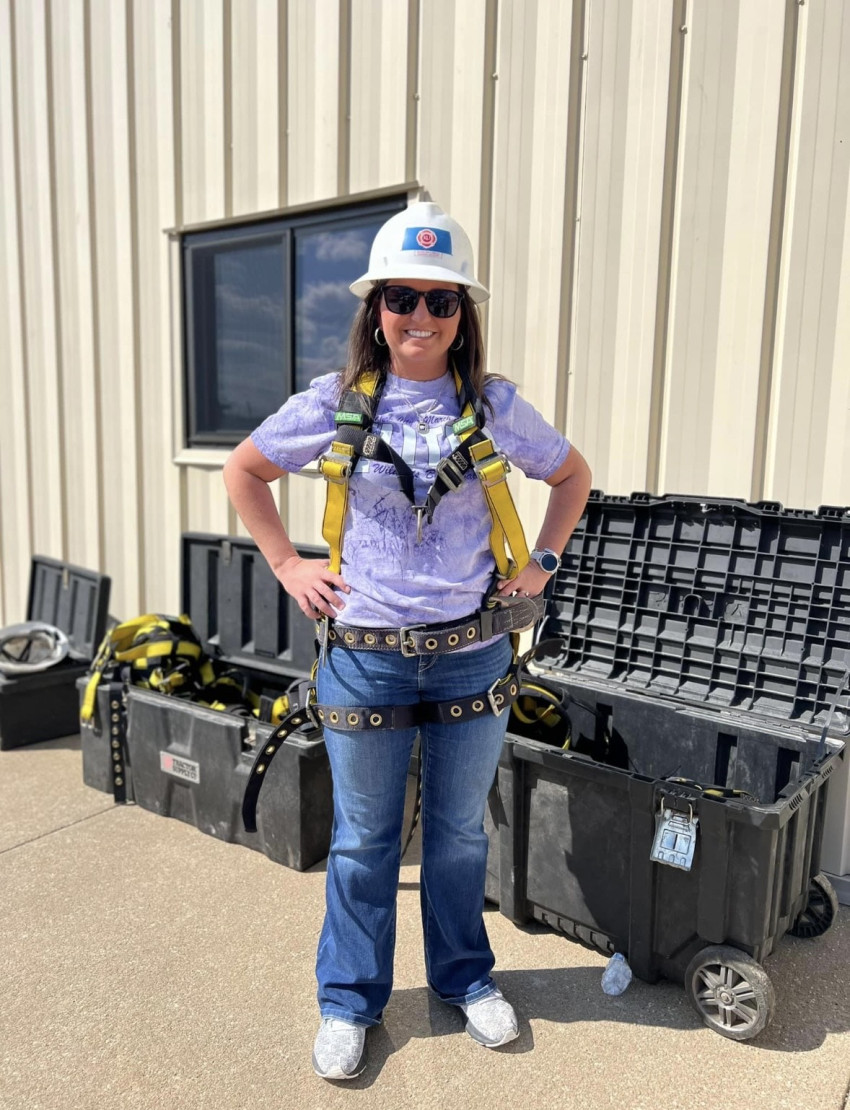
KFRTI provided the training with a mobile trailer that simulates grain entrapment, allowing rescuers to train on how to safely extract someone who is trapped. The Allen County event helped 48 firefighters become better equipped to rescue someone caught in a grain bin. The public was also able to participate in the training, providing even more community knowledge.
“You might call your neighbor first,” Geffert says of an emergency.
NEIGHBORS HELPING NEIGHBORS
Overall, it’s always a neighbor who shows up when disaster strikes. It may be someone from across the street or, in some cases, someone from across the state.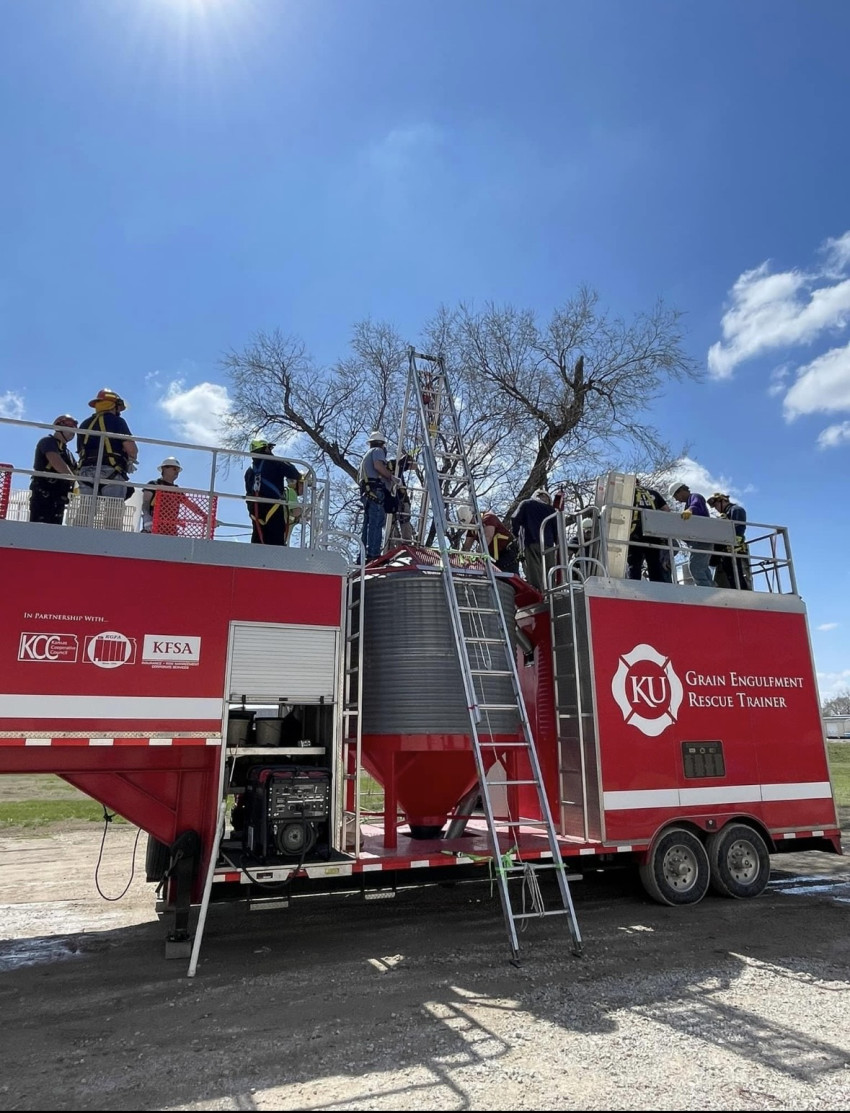
Russell from RCFD#1 says his volunteers have traveled the state to help with large-scale wildfires, and they received similar assistance from Kansas City, Garden City and Pittsburg during the Burklund/Axelton Fire.
“Neighbors are still here to support each other,” he says.
Those who live in rural areas understand neighborhoods aren’t defined by distance. County Farm Bureaus across Kansas are hosting trainings, purchasing needed equipment and donating their time because it’s the neighborly thing to do.
YOU MAY ALSO ENJOY:

